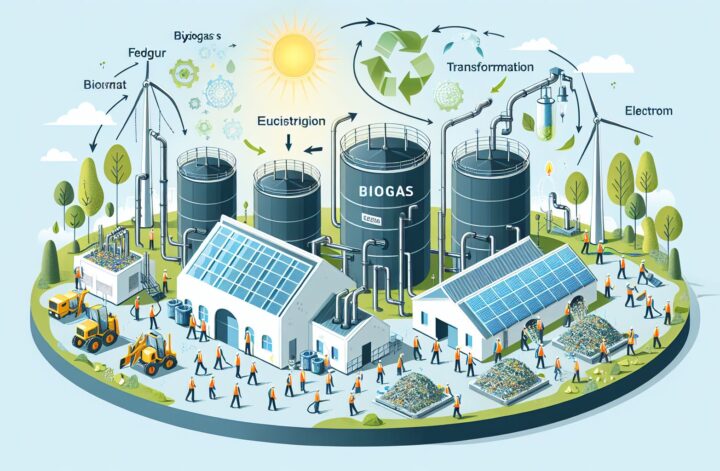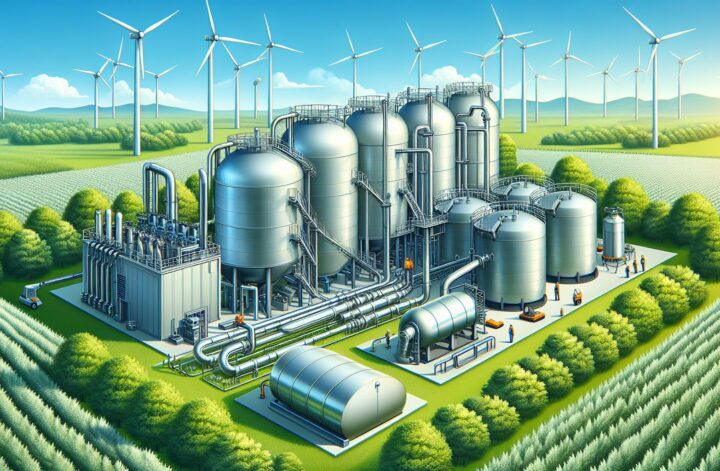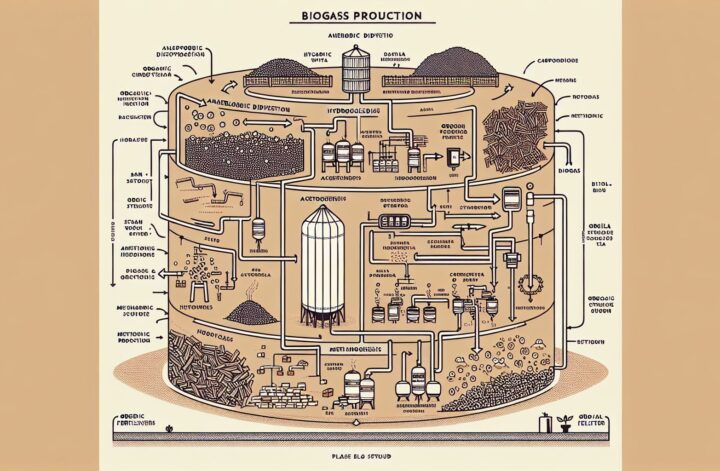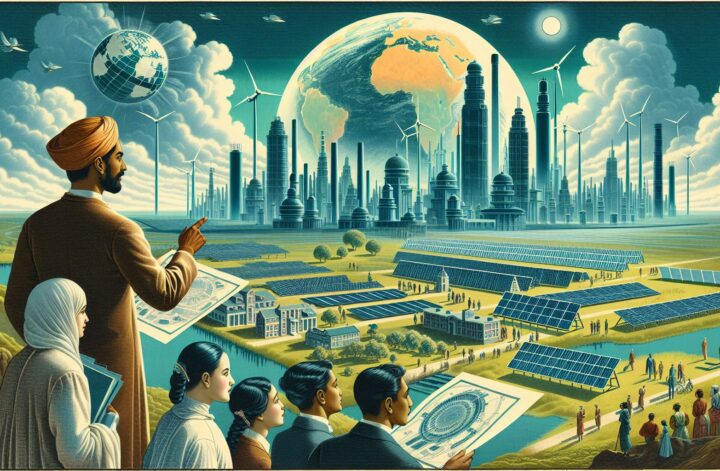Renewable energy has been of constant interest in the last decade due to the escalating concerns about climate change and diminishing fossil fuels. One such kind of renewable energy is biogas, a type of biofuel that is naturally produced from the decomposition of organic waste. The entire process and output are fascinating, given the perks they come with. In this detailed article, we’re going to delve deeper into biogas production, its significance, and the future prospects of this incredible initiative.
What is Biogas?
Biogas is a gaseous compound, primarily constituted by methane, and carbon dioxide. It is a secondary product when microorganisms break down organic materials in the absence of oxygen – a process termed as anaerobic digestion[^1^]. What’s more intriguing about the production of biogas is the fact that it uses waste materials like sludge, manure, and residues from crops as raw materials. It can be used in a variety of ways, such as a means of heat and electricity or transformed into natural gas to power vehicles.
The Biogas Production Process
The fascinating journey of turning natural waste into a valuable resource involves four key stages: Hydrolysis, Acidogenesis, Acetogenesis, and Methanogenesis[^2^].
-
Hydrolysis: The complex organic materials are broken down into sugars, amino acids, and fatty acids.
-
Acidogenesis: The products from Hydrolysis are further broken down into carbon dioxide, hydrogen, ammonia, and organic acids.
-
Acetogenesis: Here, the organic acids from Acidogenesis are converted into acetic acid, carbon dioxide and hydrogen.
-
Methanogenesis: This is the final stage where microorganisms convert the acetic acids and gases from Acetogenesis into methane, carbon dioxide and water.
Practical Application of Biogas in Renewable Energy
In the energy landscape, biogas is a clean and renewable energy resource unlike fossil fuels. It can be effectively used for diverse purposes, such as electricity generation, heating, and transportation.
Electricity Generation and Heating: When burned, the high methane content of biogas fuels electricity generation in power plants designed for renewable energy. During combustion, methane converts into carbon dioxide, releasing energy in the form of heat and light. Later, this electricity so generated can be fed into the power grid for broader use. As for heating, biogas can be employed to heat greenhouses and households.
Transportation: Biogas can be used as a biofuel for vehicles. It needs to be upgraded and purified, making it indistinguishable from natural gas. This vehicle fuel, referred to as Bio-methane, reduces tailpipe emissions significantly.
Challenges and Future Prospects
Despite all its benefits, producing biogas is not without its challenges, including issues related to efficient digestate management, the costliness of biogas upgrading, and greenhouse gas emissions during the production process[^3^]. However, constant research and innovation are alleviating these problems, and the growing interest in sustainable energy promises an optimistic future for biogas production.
Moreover, the availability of organic waste provides an immense untapped resource for biogas production. As we move towards a circular economy, where waste is recycled and reused, biogas production is poised to play a substantial role in energy and waste management.
Conclusion
Biogas production embodies an exciting opportunity for renewable energy. Through harnessing the power of waste, we can bolster electricity production, heat our homes, and fuel our vehicles. Despite its challenges, its ability to manage waste while providing a sustainable form of energy makes it an exciting frontier of the renewable energy sector.
[^1^]: “What is Biogas?”. Greentech Media, Inc.
[^2^]: “Biogas Production Process”. BiogasWorld.
[^3^]: “Challenges in biogas production”. The Renewable Energy Hub.




